International
Possible lack of final agreement overspeaks Baku summit negotiations
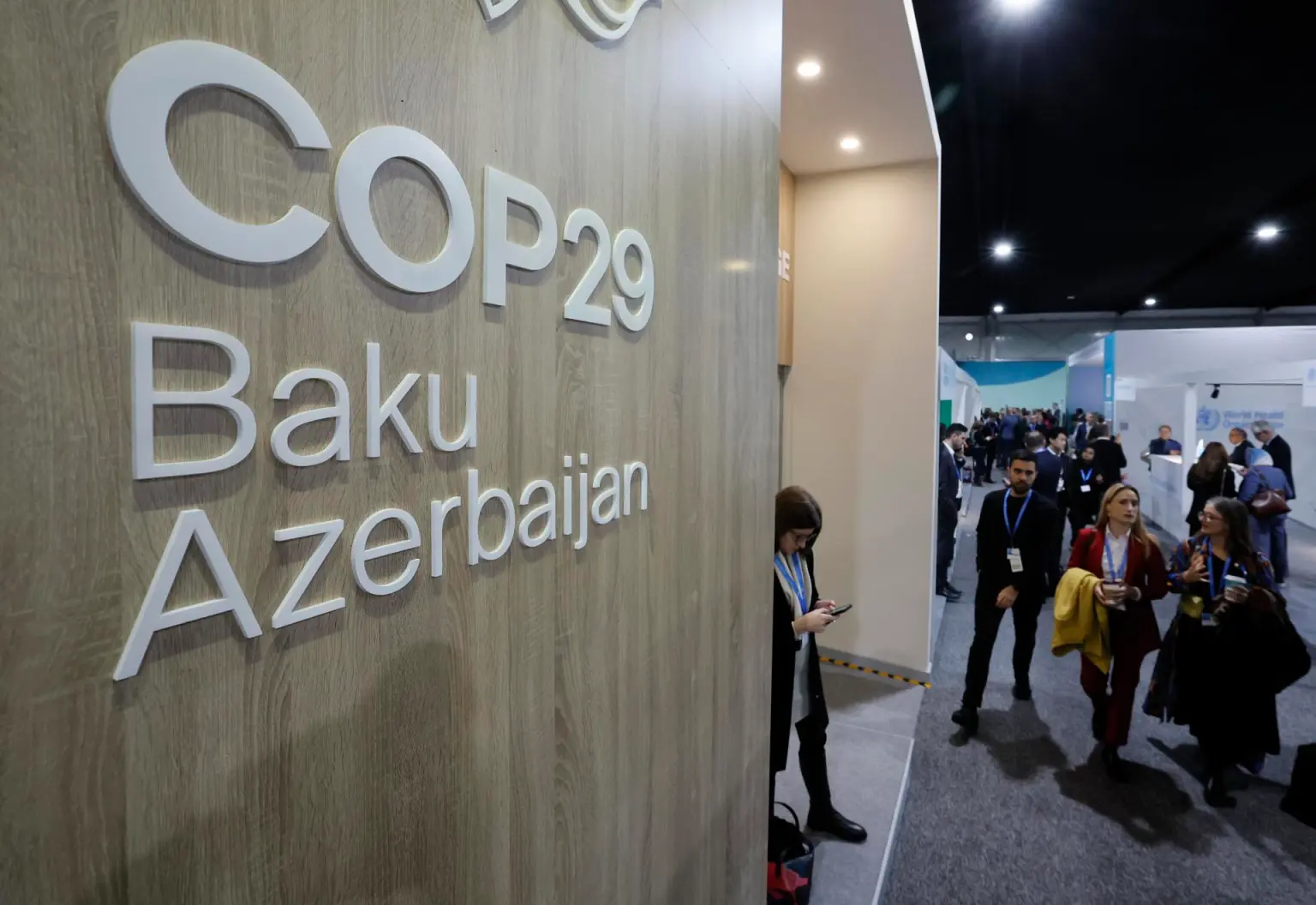
Baku can go down in history as another failed climate summit, adding to the list of COPs that ended in failure; with a bad agreement, as in Copenhagen (2009) or without agreement, as in the summit in The Hague (2000).
This is raised in the conversations that negotiators, observers and journalists have this Saturday in the corridors of COP29, after the 24 hours of extension of a summit that was supposed to end on Friday afternoon and in full “chaos” after dozens of countries left the room where the draft of the potential agreement was being negotiated.
The analysts and observers consulted, as well as the negotiating teams, agree to underline the “especially chaotic” end of this summit, from which a not too encouraging outcome is expected: either a “bad agreement” – that does not meet the needs of the Global South to face the climate challenge – or, directly, without agreement.
Pessimism invaded the spaces of the summit that hosts these days the capital of Azerbaijan, and in which about 200 states have been negotiating for two weeks how to finance climate action, especially in those low-income countries and vulnerable to the impacts of global warming.
Everyone mentions the ghost of the failed summits in The Hague and Copenhagen, cases that they would like to avoid, because they fear that going through another failure like this would further undermine the already weaken confidence in multilateralism.
Some developing countries leave the trading room
In addition, small island states and some Africans left the negotiation room where they met the presidency’s latest proposal for the agreement on climate financing that finalizes COP29, where they said they did not feel heard.
Political representatives of the negotiating group that brings together the least developed countries, as well as that of the small island states claimed to have come to the climate summit in Baku to close “a fair agreement” on climate financing, but they have felt “hurt” by not being consulted.
“There is an agreement to be closed and we are not being consulted. We are here to negotiate, but we are leaving because at the moment we do not feel that we are being heard,” said the head of the negotiating group of the island countries, Cedric Schuste, in statements to the media.
“We do everything we can to build bridges with literally everyone. It is not easy, neither in financing nor in mitigation,” stressed the European Commissioner for Climate Action, Wopke Hoekstra, to emphasize that “it is fair to ask that we be constructive.”
Some Latin American and Caribbean states, which are trying to build bridges between the least developed and rich countries, expressed their refusal to admit that this Baku summit is closed without an agreement.
“We cannot leave Baku or Copenhagen,” said Panama’s special climate envoy, Juan Carlos Monterrey, in reference to the climate summit held in the Danish capital in 2009, a meeting that the international climate community considered a failure, by not reaching any agreement.
“We are already at a point of not only building bridges, but walking on those bridges,” Monterrey said, after detailing that the countries had left the consultation mainly because of their discrepancies regarding the total amount that rich countries suggest mobilizing to pay for the climate transition and adaptation to the inevitable impacts of global warming.
“The great struggle is the figure,” said Monterrey, since developing countries at this point support that the goal is 300 billion dollars per year by 2035, and developing and emerging economies ask for 500 billion dollars annually and by 2030.
Lack of transparency in the process
Panama’s main negotiator, Ana Aguilar, also criticized the lack of transparency in the process, something she blamed on the Azerbaijani presidency of the summit, which according to her has had more meetings with some parties than with others, and has been three days without favoring negotiations more than bilaterally.
“We have a problem,” said Colombian Minister Susana Muhamad, who claimed that there is still a long distance between the amount that rich countries propose to mobilize and that requested by those that developing countries.
The proposal of the presidency of the COP29, as reflected in a negotiating text made public on Friday, was that the awealing countries pay 250 billion dollars a year by 2035 to the states of the Global South, to help them pay for action against climate change, a phenomenon to which they hardly contribute but of which they are the main victims.
Now there is talk of 300 billion dollars, while the largest group of developing countries demands at least 500 billion.
The dispute is especially in the quantum, Muhamad said, but also “in some of the requirements that I think we can achieve through negotiation,” he said.
“The problem is that it has been published very late, it was published yesterday. The deadline is very short, so we have some countries, those that have less financial capacity, that do not feel satisfied,” explained Muhamad, who added that “we need them to be able to move and deliberate.”
The Colombian minister said that she will encourage rich countries “to take a step forward” and, she added, “it is very important that they do so so that we can move forward and carry out this negotiation.”
International
Man accused of killing nine in Paramaribo dies by suicide in police custody

The man who killed nine people, including five children, on Saturday night in Paramaribo died by suicide while in custody, Suriname police confirmed in a statement on Monday.
The suspect, identified by the initials D.A., 43, “hanged himself inside a holding cell at the Keizerstraat police station” in the capital, Paramaribo, according to the official report.
Police said the man sustained leg injuries during his arrest and was taken to a hospital before being transferred to the detention facility on Sunday night. Authorities did not provide further details on the circumstances surrounding his death.
International
Winter storm disrupts holiday travel, forcing 1,500 flight cancellations in the U.S.
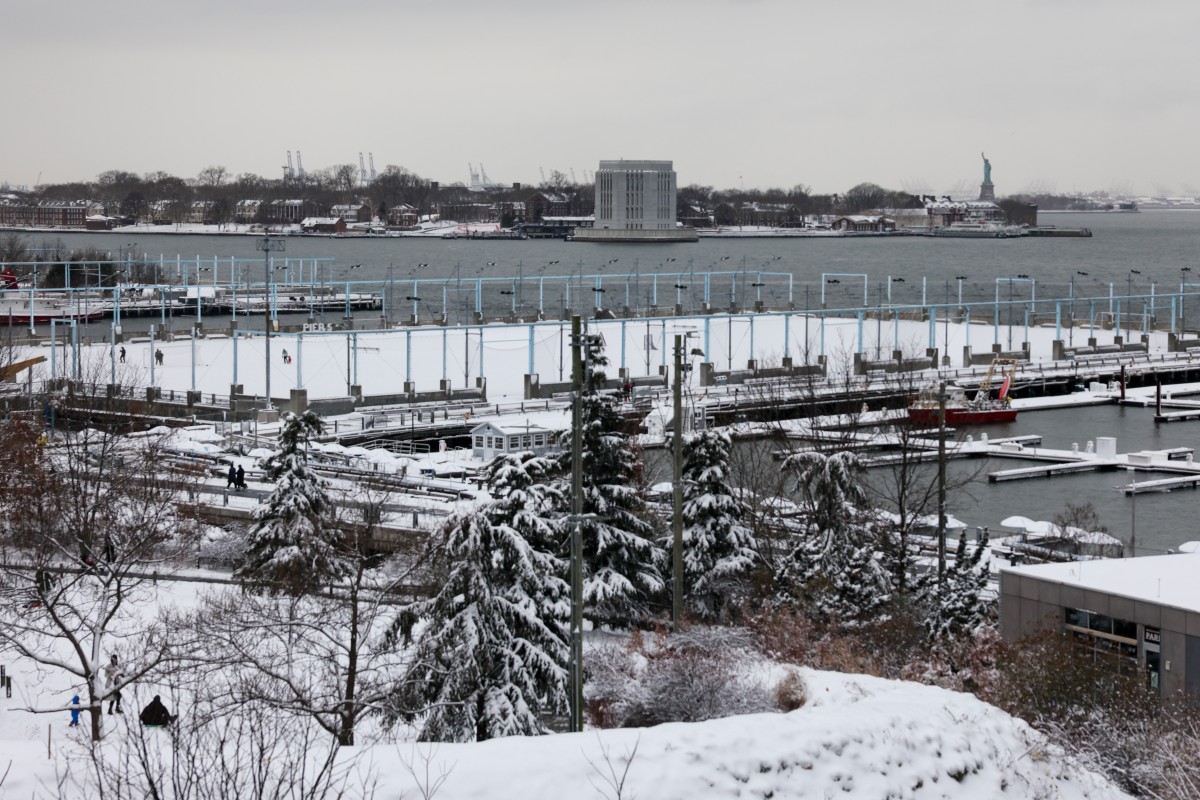
Airlines canceled around 1,500 flights across the United States during the peak Christmas travel season after warnings of a severe winter storm and forecasts of heavy snowfall in the Midwest and Northeast. An additional 5,900 flights were delayed due to adverse weather conditions.
More than 40 million Americans were under snowstorm warnings or weather advisories one day after Christmas. Meanwhile, another 30 million people faced flood or storm alerts in California, where an atmospheric river triggered intense rainfall.
New York City was bracing for up to 25 centimeters (10 inches) of snow overnight, which would mark its heaviest snowfall in four years. Cold weather was expected to persist through the weekend in the nation’s largest city. According to flight-tracking website FlightAware, airports in the New York area recorded about 850 flight cancellations.
International
At Least Eight Dead and 19 Injured in Deadly Bus Crash in Veracruz, Mexico
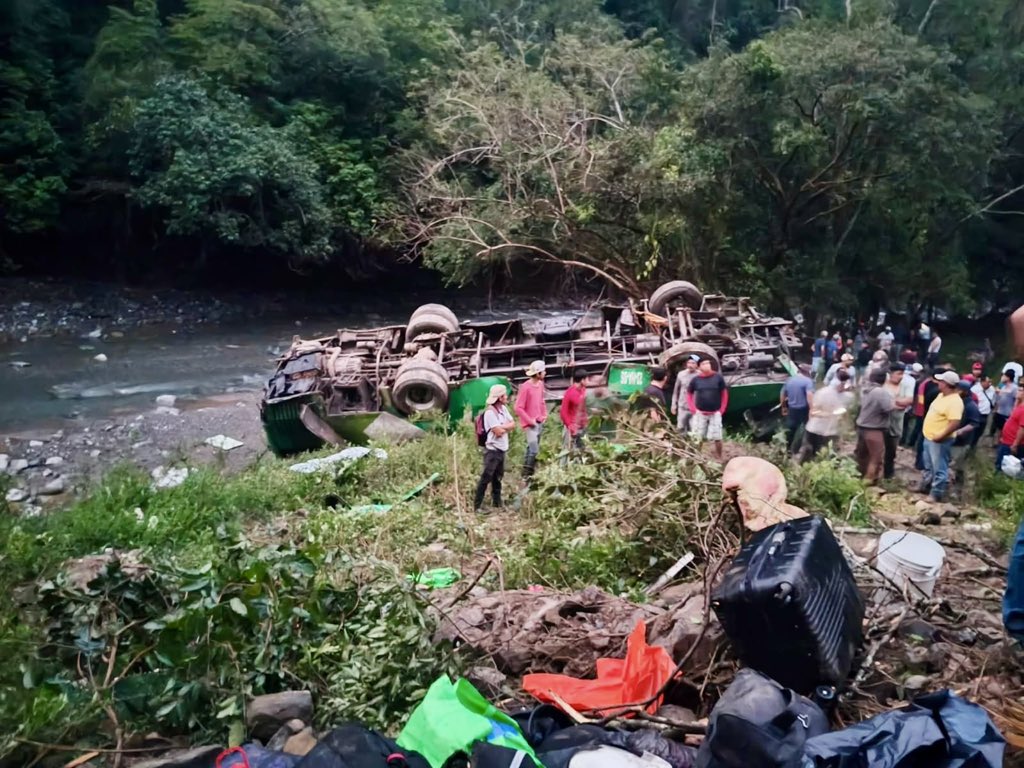
A tragic bus accident in the eastern state of Veracruz left at least eight people dead and 19 others injured on Wednesday afternoon, according to local authorities.
The vehicle was traveling through the town of Zontecomatlán when it crashed near a ravine, state Civil Protection officials reported late Wednesday night. “Regrettably, the prosecutor’s office has confirmed eight fatalities,” the agency stated in an official release.
Emergency Response and Medical Care Rescue teams worked into the night to assist the survivors. The 19 injured passengers were stabilized at the scene before being transported to hospitals in the nearby municipalities of Chicontepec and Huayacocotla. While the identities of the victims have not yet been released, Mexican press reports indicate the bus was en route from Mexico City to Chicontepec.
A Recurring Issue on Mexican Highways Road accidents involving long-haul passenger buses and freight transport are a frequent occurrence in Mexico. Experts often cite excessive speed, mechanical failure, or driver fatigue as the primary catalysts for these tragedies.
This latest incident follows another major disaster in late November, where 10 people were killed and 20 injured in a similar bus crash in the western state of Michoacán. The recurring nature of these accidents continues to spark national debate regarding the enforcement of stricter safety regulations for commercial transport units.
-
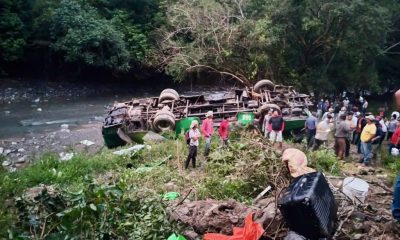
 International4 days ago
International4 days agoAt Least Eight Dead and 19 Injured in Deadly Bus Crash in Veracruz, Mexico
-

 Central America2 days ago
Central America2 days agoHonduras: Zelaya Calls for Mobilization Amid Dispute Over Tegucigalpa Mayoral Race
-
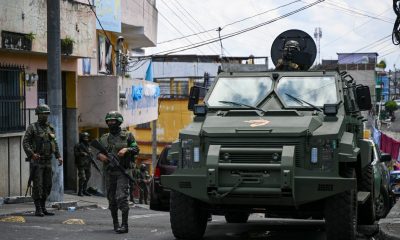
 Central America3 days ago
Central America3 days agoGuatemala arrests 92 salvadoran gang members in 2025
-
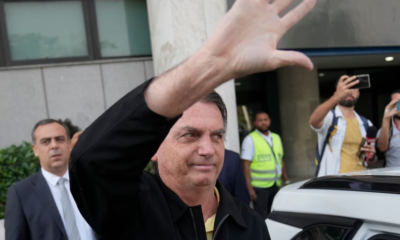
 International4 days ago
International4 days agoJair Bolsonaro Hospitalized for Inguinal Hernia Surgery While Serving Sentence for Attempted Coup
-
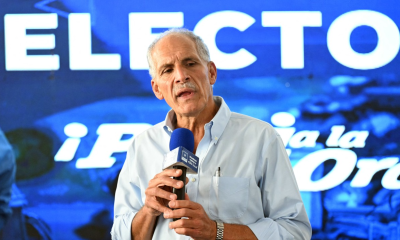
 Central America3 days ago
Central America3 days agoInternational leaders congratulate Honduras’ president-elect Asfura
-

 International1 day ago
International1 day agoWinter storm disrupts holiday travel, forcing 1,500 flight cancellations in the U.S.
-

 International1 minute ago
International1 minute agoMan accused of killing nine in Paramaribo dies by suicide in police custody




























